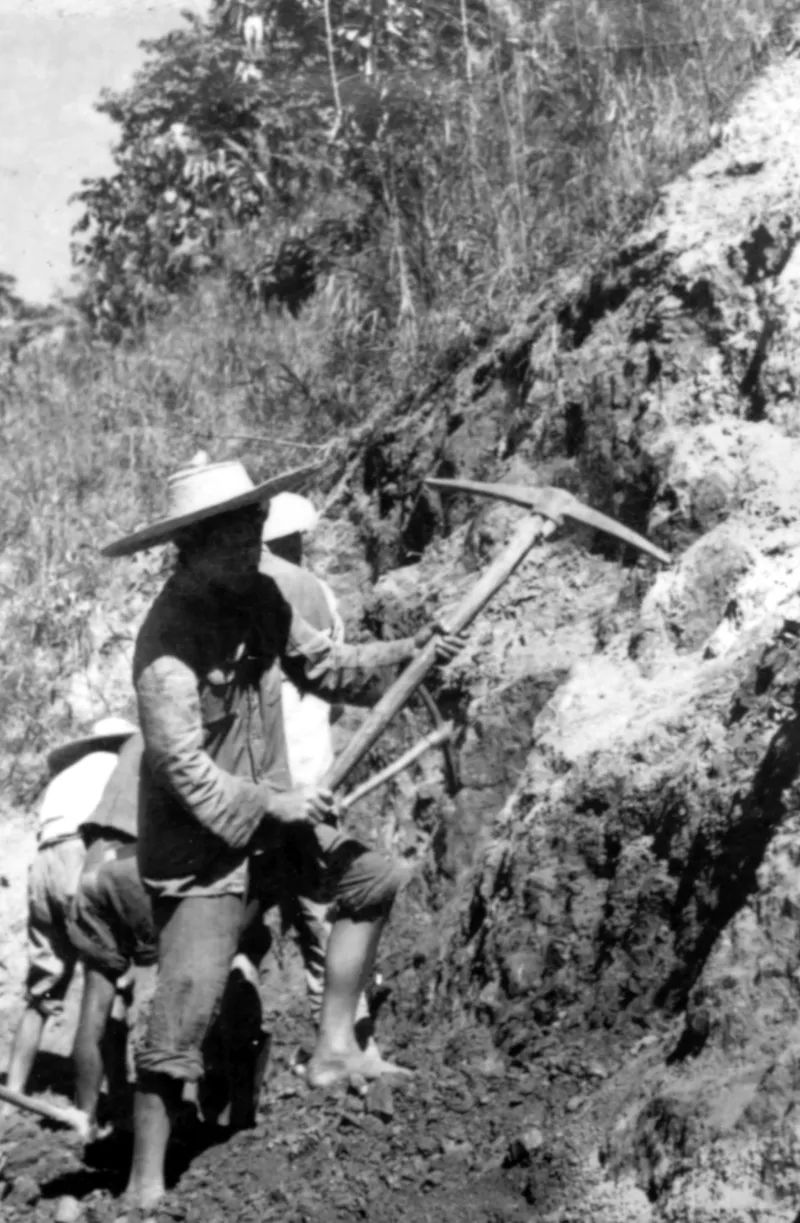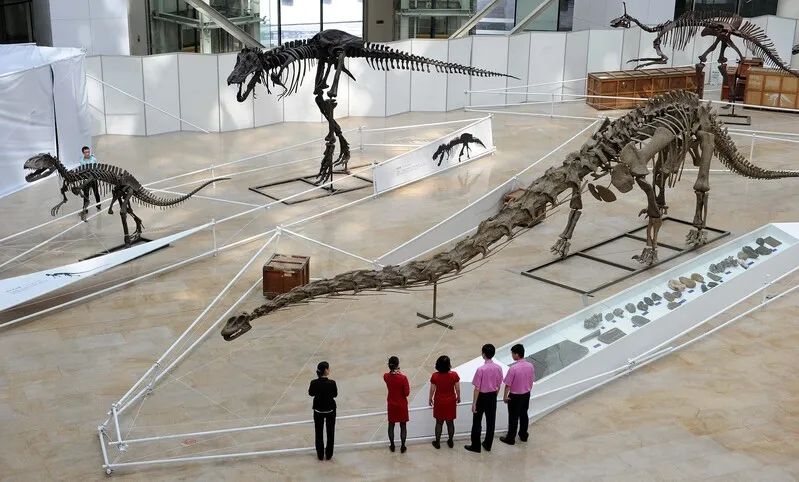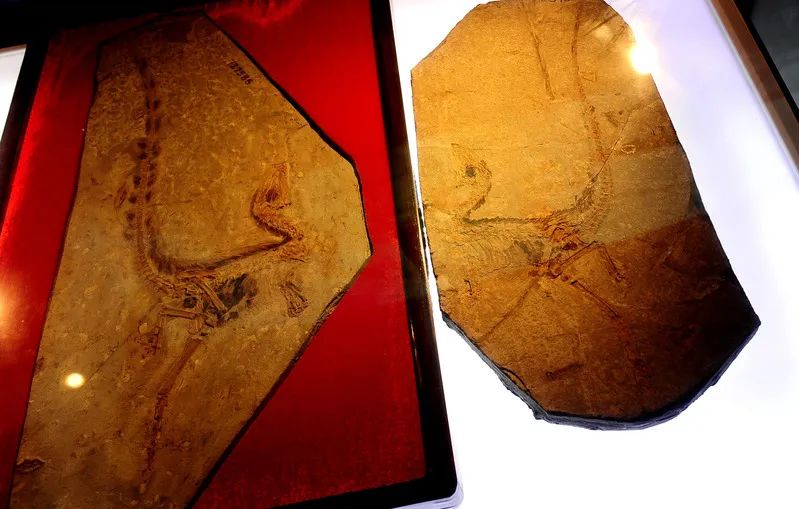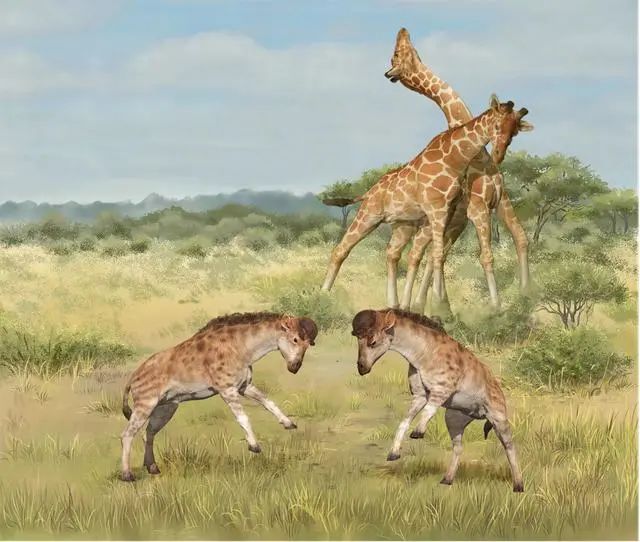Dinosaurs are the first in the world, and Chinese dinosaurs are really "top flow" 丨 Share before going to bed
Author:Jiefang Daily Time:2022.07.18
From the movie "Jurassic Park" released in 1993 to the recently released "Jurassic World 3", for decades, the "dinosaur boom" has swept the world from the United States and has always been welcomed by people.
In fact, with the deepening of archeological excavations, China's dinosaurs have jumped to the world's first place and are a veritable "dinosaur country". So, how much do you know about Chinese dinosaurs? How was China's first dinosaurs discovered? How does China's dinosaur research "go" from the countryside to the world?

Dragon bone lighting: Chinese dinosaurs are shocked to the original hometown
In 1938, my country's first complete dinosaur skeleton fossil was discovered in the war.
During the War of Resistance Against Japan, in order to break the blockade of the Japanese army, the Yunnan -Myanmar highway began to step up the construction. This road must pass through the Lufeng Basin, and the legend of "keel" has been circulating in this area.

Building the Yunnan -Myanmar Highway
The Lufeng Basin is located about 94 kilometers northwest of Kunming, Yunnan Province. It is a small inland basin. When the locals work near the valley stream, they can often pick up strange stones, and they can see it as the bone of the legendary "dragon" and respect. Later, some people picked up the "keel" stones home and used the concave surface of the spine to some oil lamps.
After the Lugou Bridge Incident, the Japanese army occupied Peiping, and China's geological antique researchers were forced to move south to Chongqing and Kunming. In July 1938, Yang Zhongjian, then the director of the Kunming Office of the Central Geological Survey Institute, organized a research and research on the investigation of Yunnan Geology and Paramossomy.
In the winter, Bian Meonian and Wang Cunyi, who were also at the Central Geological Research Institute, surveyed from the Majie (now conspiracy) basin and stayed in Lufeng. Bian Meian found that the oil lamps in the local farmers' house were very interesting. Like the spine fossils of ancient creatures, they asked the local guide. Under the guidance of the guide, he came to the locals to find the "keel", and he found a large number of vertebrate fossils, and then reported it to Yang Zhongjian.
During the War of Resistance Against Japan, the literature and materials of the Kunming Institute were very scarce. Fortunately, it received the strong support of German professor Xu Nai in the appraisal of fossils. Yang Zhongjian therefore named it Xu's Lu Fenglong. To this end, he also had poems: "One year ago, he was a hero, and he was named Xu's Lu Fenglong."

On December 7, 2015, Yunnan discovered dinosaur fossils 180 million years ago. According to the preliminary identification of experts, it was speculated as a fossil of "giant Lufenglong" about 180 million years ago.
Later, Yang Zhongjian said in his memoir that at that time, in order to avoid the Japanese bombing, he moved the laboratory to the Guandi Temple in Waya Village. In a poem, he described the embarrassing research conditions at that time: "Three dwarf houses hid the dragon, which is different from the bones."
After systematic excavation, research, and finishing, in 1941, Yang Zhongjian and Bian Meinian published "Chinese Palentalians: Xu's Lu Fenglong". The following year, Yang Zhongjian filed and renovated the Xu's Lufeng Dragon Summer in the Central Geological Survey of Chongqing. This is China's first complete dinosaur skeleton specimen, which has attracted the attention of the paleontology community at home and abroad.
In the past 80 years, a large number of dinosaur fossils have been unearthed in Lufeng in Yunnan. During the period, the Jurassic early, middle, and evening, Lufeng was also known as the "Chinese dinosaur hometown".
Frying Mountain Open Road: Discover "Dinosaur Ambassador"
In 1952, a construction team in Sichuan found a giant skeleton when the mountain was opened at the mountain next to the Mimingxi ferry in Yibin.
At that time, the workers were likely to read "Ma Mingxi" into "Magenxi" because of dialects, so they transported these fossils to the Institute of Ancient Human Research of the Chinese Academy of Sciences. It is named to build Marson Dragon.
Magenxi Dragon is famous for its huge body and long neck. It can reach 9 meters long in the neck and was once the longest animal around the earth. Marson Dragon has also served as the "Dinosaur Ambassador" many times and exhibited abroad. It is still the most well -known Chinese dinosaur in the world.

Heamen Menxi Long Solid Fossil
Since the 1960s, more and more dinosaur researchers have appeared in China. Based on museums and research institutes, we have established the framework of my country's dinosaur research.
In 1976, Shulong fossils in Dashanpu Town, Zigong City, Sichuan Province, were known. Dong Zhiming, paleontologist, recalled: "Just like plastic sweet potatoes, fossils are everywhere." Zigong Dashanpu dinosaur fossil group site is one of the largest dinosaur fossil group sites in China today. "".
After the 1980s, Chinese dinosaur research was more active, organized and implemented many large -scale international cooperation inspections, excavations, and research, organized dinosaur fossil tour exhibitions, found many important fossil locations and layers, studied and named a large number New species of dinosaur animal groups.
At the same time, some research areas have made certain progress in research fields such as dinosaur eggs, dinosaur footprints, dinosaur clusters, and extinction and dinosaur skeleton histology. Some research areas are at the forefront of the world, causing widespread attention around the world.

Chinese dragon bird fossil
In 1996, many unique feathers dinosaurs were discovered in the West Liaoning River Biological Group. Among them, the discovery of Chinese dragon birds brought dinosaur research into a new field. It has received more and more arguments.
Witness life: to the forefront of the world
Human research on dinosaurs began in Europe in the 1820s. In 1824, British geologist Bakland described the giant dragon discovered in England. Until 1842, British paleontologist Owen officially proposed the term "dinosaurs", which means "horrible lizard". Although Chinese dinosaur research started late, it developed rapidly. According to the statistics of the Chinese Ancient Museum in June 2019, the "named names" (that is, names and names), which are currently named after skeletal fossils, are 266 species in the world, ranking first in the world. In addition, my country can find almost 10 new dinosaurs every year, which is also the world's first in terms of speed.
"China's dinosaur research is currently the world's top level." He Xin, a researcher at Shanghai Science and Technology Museum, has long been paying attention to Chinese paleontological research. He told reporters, "To some extent, it is one of the most important achievements of new species and named it. In addition, China is also at the forefront of other paleontological research areas related to dinosaurs. After all, this is a 'material learning', and we can make research materials very rich. "
After years of development, despite the "one riding" in the field of research, Chinese dinosaurs still seem to be a little "unpopular" in the public cognition.
"Speaking of dinosaurs, almost all of the overlord dragons, triangular dragons, and wrist dragons that blurted out of the world lived in North America, and Chinese dinosaurs were almost well known." He Xin said, "In the interaction between popular culture and paleontology disciplines, he said. , China still has a lot of effort. "
As the "top flow" in paleontology, dinosaurs attracted the attention of most people, but He Xin said that dinosaurs are just a gate of the paleontology world.
"In addition to dinosaurs, there are other beasts, vertebrates, plants, etc. in paleontology, which are very interesting. For example, the puppet vertex deer fossils recently discovered in the Junggar Basin have become this one of the" giraffe's neck ". The topic put forward a new explanation, "He Xin told reporters.
The prospect is the Panthoel deer, and the vision is giraffe. Wang Yu and Guo Xiaocong restored the Chinese Academy of Sciences

"Where does life come from? How to evolve? From ancient times to the present, these problems have been lingering in people's minds, and fossils may give us answers." Talking about the significance of studying paleontology, He Xinru said.
Liberation Daily · Shangguan News Original manuscript, reprinting without permission
Author: Xiao Yawen
WeChat editor: nano
School counterpart: Ta Ni

- END -
Chengdu International Railway Port and Ningbo Zhoushan Port to create a "one -stop" and "water port" service

Chengdu International Railway Port Picture Source: Qingbaijiang District, Chengdu ...